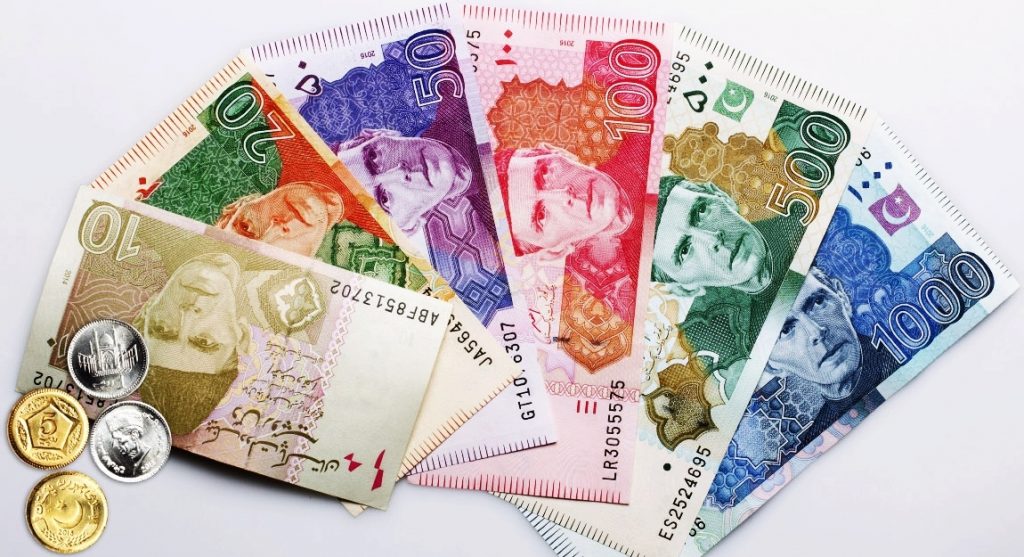Karachi: The Pakistani rupee lost value to the US dollar in the interbank and open markets Tuesday as the initial euphoria generated in the cash-strapped country by the approval and transfer of billions of dollars from the IMF and friendly countries like China, Saudi Arabia, and the UAE, subsided.
The Pakistani rupee slid by a further Rs 1.8, with the dollar selling at a high of Rs 289 in the interbank and Rs 294 in the open market.
Monday, the dollar closed at Rs 287.92 in the interbank.
In early July, the Pakistani currency gained rapidly against the US dollar soon after the Washington-based International Monetary Fund (IMF) released an installment of $ 1.2 billion from a held-up bailout of $ 3 billion, while China, Saudi Arabia, and the UAE also deposited close to $ 4 billion with the State Bank of Pakistan.
The flow of dollars had seen the US dollar selling at around Rs 275 to 276 in the interbank, and its value also fell in the open market.
But since last week, the dollar has gained again despite the Pakistan Stock Exchange (PSE) performing positively.
Tuesday, the PSE gained 134 points in the 100-index to rise and close at 46,54,000 points.
Intikhab Ahmed of Capital Investments said that with the general elections coming up later this year and a caretaker government to be announced soon, the currency market and foreign investments would remain fluid.
“The demand for the dollar is high as it is needed now for import and export purposes after the State Bank lifted restrictions,” he said.
PTI
